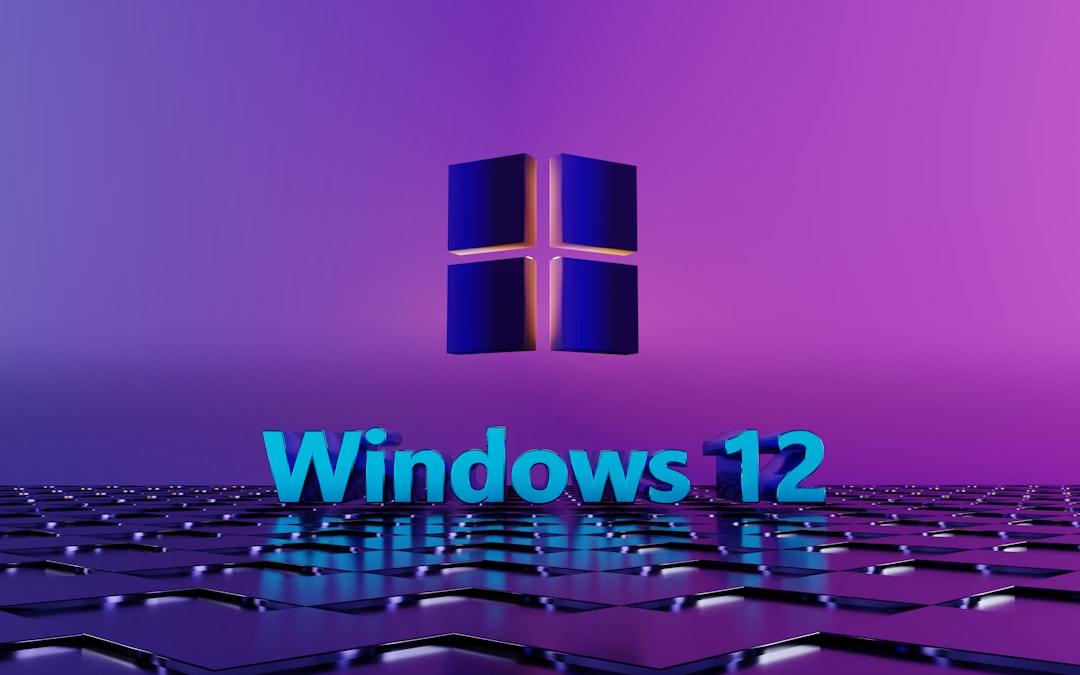When navigating the maze of Windows processes listed in your Task Manager, it’s common to stumble upon an unfamiliar name and wonder if it’s something you need—or something you should worry about. Today, we’re going to dive deep into one such process: iib_api_server.exe. This executable may be running quietly in the background of your Windows machine, but what is it really? More importantly, is it safe?
Understanding Background Processes in Windows
Before we tackle iib_api_server.exe specifically, it’s useful to understand what background processes actually are. Windows OS relies heavily on processes—many system-related, some user-installed, others potentially malicious. These processes can control everything from initializing your Wi-Fi to handling software updates or running backend services for apps.
The question of legitimacy arises when you can’t directly associate a process with a known application or when performance issues or antivirus alerts start cropping up.
What is iib_api_server.exe?
The process iib_api_server.exe is commonly associated with IBM’s Integration Bus, also recognized as IBM App Connect Enterprise (ACE). This application server is designed to help businesses integrate data across different platforms and applications. The “iib” in the filename stands for IBM Integration Bus. Essentially, it enables the building and managing of a range of integrations without needing to write extensive custom code.
When this process is running, it typically indicates that some integration flows or API endpoints are active on the machine. But while this might be reassuring in a corporate environment where this suite is intentionally deployed, it can raise eyebrows on personal computers or devices not expected to run enterprise-level software.

Is iib_api_server.exe Legit or a Threat?
Now, let’s tackle the million-dollar question—Is iib_api_server.exe safe? The answer depends on several factors. Here are some points to consider when evaluating this process:
- Source of Installation: If you have knowingly installed IBM App Connect or IBM Integration Bus, then this process is most likely safe and essential for functionality.
- System Type: If you’re using a corporate machine as part of a company that uses IBM software solutions, this executable is probably legitimate.
- Performance Impact: If your system is slowing down or acting abnormally while this process is running, it’s worth looking deeper—even legit processes can malfunction or conflict with others.
- File Location: The genuine iib_api_server.exe should be located in a subdirectory associated with IBM software, usually under
C:\Program Files\IBM\or a specific installation directory.
How to Verify the Legitimacy
Until you confirm its authenticity, it’s a good idea to be cautious. Here’s how you can determine if iib_api_server.exe is the real deal and not malware posing under a trustworthy name:
1. Check the File Location
Right-click on the process in Task Manager and choose Open file location. If it’s located anywhere suspicious—like the Temp directory or an unknown folder—chances are it might be harmful.
2. Examine the File’s Digital Signature
A legitimate copy of iib_api_server.exe from IBM will include a trusted digital signature. Right-click the executable, choose Properties, and then look under the Digital Signatures tab. If IBM Corporation is listed as the signer, it’s likely safe.
3. Use Antivirus and Malware Scanners
No verification is complete without running a proper scan. Use well-known antivirus software to run a full or file-specific scan. Free tools like Malwarebytes or Windows Defender offer robust detection capabilities that can flag any anomalies.
4. Research the Process
Utilizing online databases like ProcessLibrary or File.net can give more insight into any process running on your PC. Simply search for the process name and read user feedback or analyst reports.

Common Red Flags to Watch For
If you suspect foul play, here are some telltale signs that iib_api_server.exe may not be as well-behaved as it seems:
- High CPU or memory usage consistently attributed to the process
- Unexpected error messages or software crashes
- No accompanying IBM software installed on the device
- Running from an unrecognized or system-critical directory
Malware often disguises itself using names similar to legitimate applications. A rogue file named iib_api_servr.exe (note the typo) might slip through undetected unless you carefully review your system processes.
How to Remove or Disable It (If Needed)
If you determine that the process is unnecessary or potentially harmful, you may opt to disable it. Here’s how to proceed:
1. Uninstall Associated Software
Go to Control Panel → Programs → Programs and Features and look for IBM Integration Bus, IBM App Connect, or any IBM-related tool you didn’t install intentionally. If you find it and don’t need it, uninstall it from there.
2. Use Autoruns Tool
Download Microsoft’s Autoruns tool to view all the processes and their startup points. Look for iib_api_server.exe and disable its automatic launch.
3. System Restore or Recovery
If you believe the process entered your system as part of a malicious payload, consider restoring your system to a point before it appeared. This can help in reverting any unintended system changes.
Is it Always Necessary to Delete It?
Not always. If your system is part of a corporate or institutional environment, especially in fields like finance, logistics, or enterprise services, the IBM software suite might be a vital piece of infrastructure. Deleting it could disrupt essential services or integrations.
However, for home users, finding iib_api_server.exe can be unusual and often unwelcome unless you are experimenting with or evaluating enterprise middleware platforms.
Final Thoughts
iib_api_server.exe is not inherently dangerous, but like all lesser-known background processes, it should be verified. Its presence is expected in business environments utilizing IBM middleware systems, but for the average home user, its appearance may warrant investigation.
By staying informed and following verification steps like checking file paths, scanning with antivirus tools, and recognizing behavioral anomalies, you can protect your system from spoofed processes and potential threats. Don’t panic when you see an unfamiliar executable—do your homework and dig into the details.
When it comes to system security, a little vigilance goes a long way.



Leave a Reply